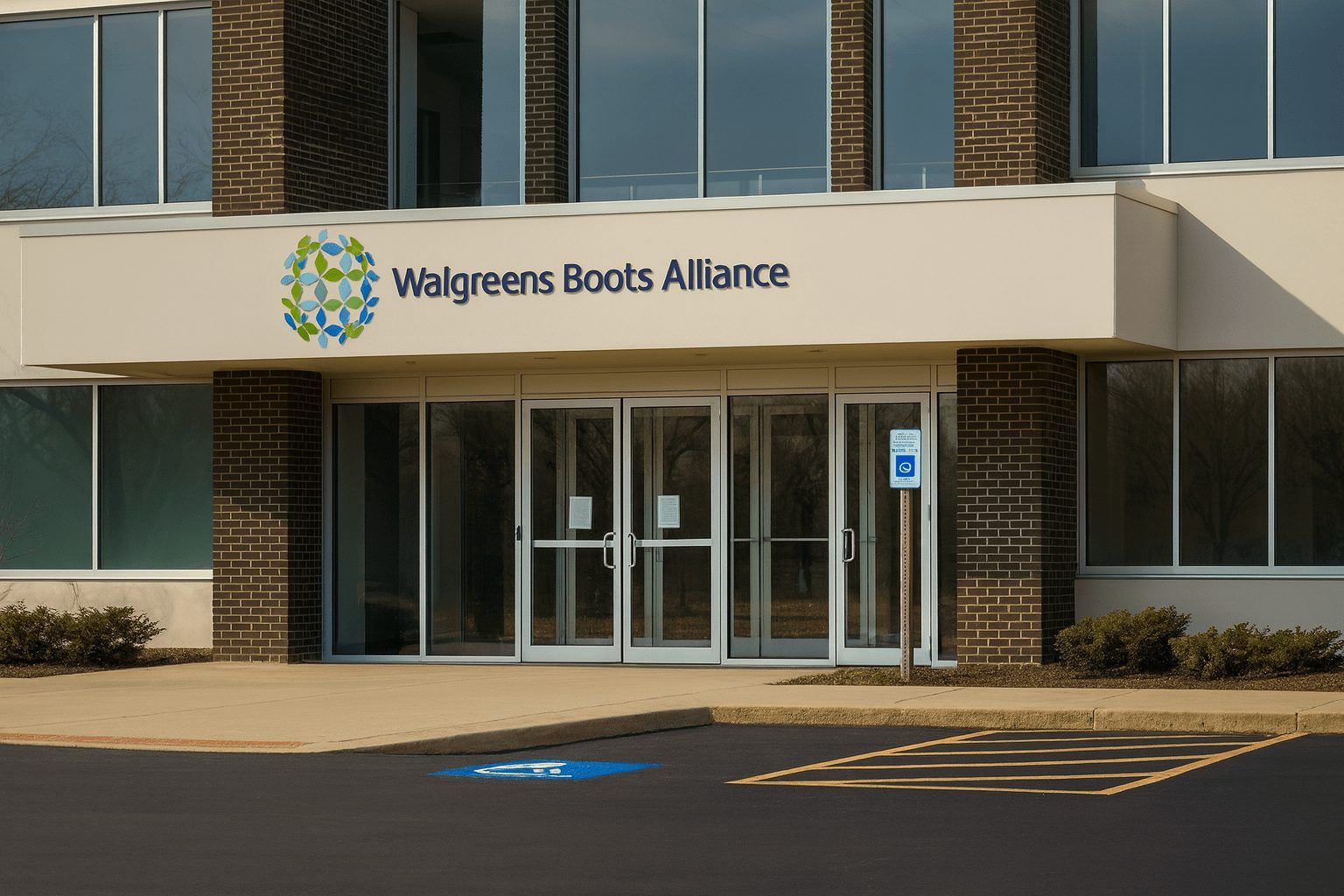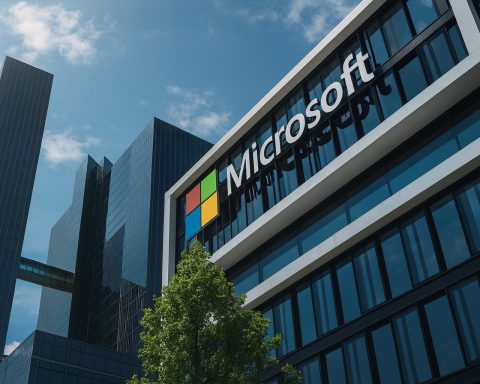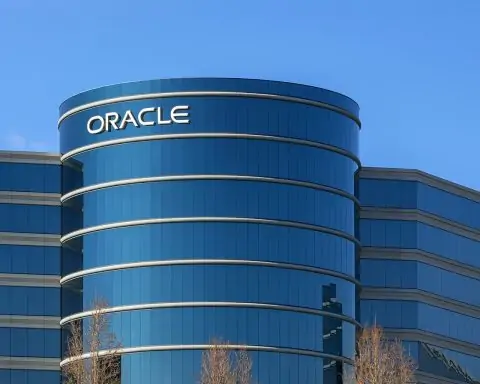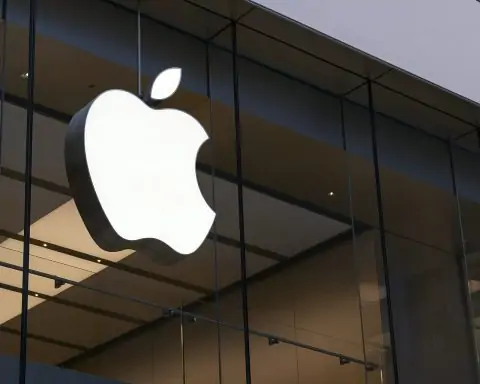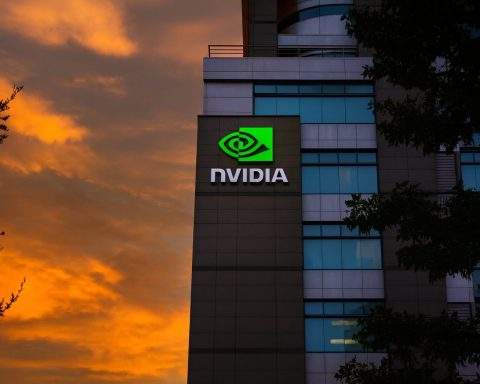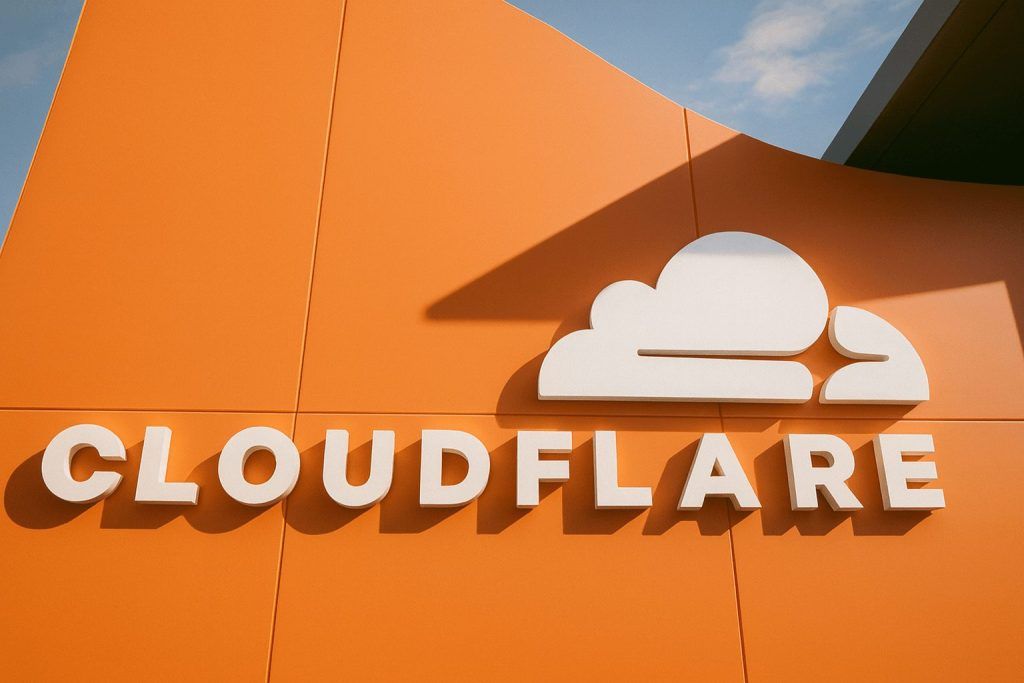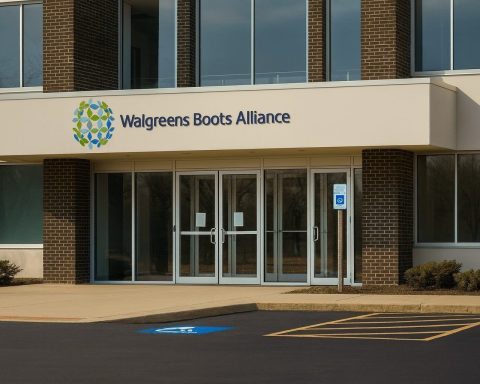Updated November 23, 2025 – Information only, not investment advice.
Walgreens Boots Alliance stock today: the key fact most people miss
If you search for “Walgreens Boots Alliance stock today” on November 23, 2025, you won’t find a live Nasdaq quote — because WBA is no longer a publicly traded stock.
Walgreens Boots Alliance (formerly NASDAQ: WBA) was acquired by private‑equity firm Sycamore Partners, and the deal closed on August 28, 2025. Walgreens was delisted from Nasdaq at the same time, ending its long run as a public company. [1]
For investors, that means:
- You can’t buy or sell WBA shares on an exchange today
- Former shareholders have (or will) receive cash plus a special right tied to Walgreens’ VillageMD stake
- Any “WBA quote” you see now is historical, not live trading data
Let’s break down exactly what happened, what price shareholders received, and what matters now on November 23, 2025.
1. The Sycamore deal: how WBA went from public to private
Deal terms in plain English
Sycamore Partners agreed to take Walgreens Boots Alliance private in a transaction valued at up to about $23.7 billion on a total deal basis. [2]
The core per‑share payout to common stockholders was:
- $11.45 in cash per WBA share, plus
- One “Divested Asset Proceed Right” (DAP Right) per share, tied mainly to the future monetization of Walgreens’ interest in VillageMD, with a maximum potential value of up to $3.00 per share in additional cash proceeds
The structure was confirmed in SEC filings and transaction documents describing the Divested Asset Proceed Rights Agreement governing those rights. [3]
Walgreens shareholders approved the transaction on July 11, 2025, clearing the way for the take‑private. [4]
Closing date and delisting
- Last trading day: August 27, 2025. WBA closed at $11.98. [5]
- Closing of the merger: August 28, 2025 – Sycamore completed its acquisition of Walgreens Boots Alliance. [6]
- Delisting: Walgreens notified Nasdaq that each share was converted into the merger consideration, and Nasdaq filed to remove WBA from listing on August 28, 2025. [7]
From that point, WBA ceased to be a public stock. Any current “WBA” quote you find is just the historical record of that final price, not ongoing market activity.
2. What happened to your Walgreens shares?
If you owned Walgreens Boots Alliance stock when the deal closed, here’s what the transaction means for you in practical terms.
According to the merger documents and SEC filings, each share of WBA common stock was automatically converted into: [8]
- Cash consideration
- $11.45 in cash per share, paid without interest and subject to applicable withholding or taxes.
- One Divested Asset Proceed Right (DAP Right) per share
- Each right entitles the holder to a share of 70% of the net proceeds from any future monetization of Walgreens’ equity or debt interests in VillageMD (and related assets), capped at $3.00 per right. [9]
A few important nuances for former retail investors:
- No more WBA shares: your equity in Walgreens as a public company is gone; it has been converted into the cash payout and a right. [10]
- The rights are not listed on an exchange: they are not standard, freely traded shares. In many cases, platforms describe them as non‑transferable or as a contractual entitlement managed through the rights agent. [11]
- Payout from the rights is not guaranteed: Walgreens repeatedly warned that holders could receive less than expected or even nothing at all if VillageMD and related assets are sold for low proceeds or not monetized. [12]
If you still see “WBA (delisted)” or a similar entry in your brokerage account, that line should now correspond to:
- The cash you received or are due, and
- A record of the rights associated with the merger, which your broker and the rights agent track behind the scenes
For tax treatment, timing of payments from the rights, or how your specific account reflects the transaction, you’d need to check directly with your broker or a qualified tax adviser.
3. Walgreens after going private: five new standalone companies
The Sycamore takeover wasn’t just a financial transaction; it included a full restructuring of Walgreens Boots Alliance’s corporate structure.
Upon closing, the former WBA businesses were split into five standalone private companies: [13]
- Walgreens – U.S. retail pharmacy chain
- The Boots Group – UK & international health and beauty / wholesale operations
- Shields Health Solutions – specialty pharmacy
- CareCentrix – post‑acute and home‑based care services
- VillageMD – primary care and clinic operator
Key points:
- Walgreens (U.S.) remains open as a brand and chain – the stores, pharmacies, and app are still operating; the change is in ownership, not daily operations. [14]
- Italian billionaire Stefano Pessina has reinvested his stake, maintaining a significant minority interest (through private entities) in the business alongside Sycamore. [15]
- Sycamore has installed new leadership, including a new CEO for Walgreens, and aims to drive a more aggressive restructuring and turnaround strategy outside the scrutiny of public markets. [16]
For former shareholders, this matters because the future performance of VillageMD and the other carved‑out assets will influence whether the Divested Asset Proceed Rights ever pay out anything close to their $3.00 maximum.
4. Why Walgreens ended up going private: the financial backdrop
To understand why WBA stock effectively disappeared from the public market, it’s useful to look at the company’s financial trajectory leading up to 2025.
Mounting losses despite solid sales
In its fiscal third quarter of 2025 (reported June 26, 2025), Walgreens Boots Alliance showed: [17]
- Sales of $39.0 billion, up 7.2% year‑over‑year
- Net loss of $175 million, vs. net income of $344 million a year earlier
- Loss per share of $0.20, versus earnings of $0.40 in the prior year’s quarter
- Adjusted EPS of $0.38, down from $0.63, but still beating analyst expectations around $0.34
For the first nine months of fiscal 2025, Walgreens reported: [18]
- Sales of $117.0 billion, up 6.3% year‑over‑year
- Operating loss of $5.8 billion, including major non‑cash impairment charges tied to VillageMD and U.S. Retail Pharmacy goodwill
- Net loss of $3.3 billion, an improvement versus a $5.6 billion loss a year earlier, but still substantial
In other words, revenue growth was not translating into sustainable profits, especially once legal costs, impairments, and margin pressure were factored in.
Dividend suspension and aggressive cost‑cutting
Early in 2025, Walgreens suspended its long‑standing quarterly dividend to preserve cash for restructuring, litigation, and debt refinancing — a major blow for income‑focused shareholders who had historically viewed WBA as a dividend name. [19]
Management also rolled out a series of measures:
- Plans to close thousands of stores over several years, including 1,200 U.S. locations previously announced, shrinking the footprint from a peak of around 9,500 stores. [20]
- A $1+ billion cost‑reduction program, including layoffs and cuts to mid‑level management. [21]
- Exploration of sales or restructurings of underperforming businesses, particularly VillageMD, which had already triggered multi‑billion‑dollar impairment charges. [22]
Despite those efforts, the stock price had fallen from over $30 two years earlier to around the low‑teens by the time the Sycamore deal emerged. [23]
Going private offered a way out:
- Shareholders locked in a certain cash exit at $11.45 per share, plus the upside‑linked right
- Management and Sycamore gained greater flexibility to restructure the business away from quarterly earnings pressure and public‑market volatility
5. Walgreens stock vs. Walgreens the company: what “today” really means
So what does “Walgreens Boots Alliance stock today” mean on November 23, 2025?
1. There is no actively traded WBA stock on major exchanges
- WBA was removed from the S&P 500 and delisted from Nasdaq as part of the go‑private transaction in late August 2025. [24]
- Any ticker labelled “WBA (Delisted)” is just a historical record or a placeholder in your brokerage system.
2. Former shareholders now hold claims, not shares
Instead of stock:
- You have received or will receive $11.45 per share in cash
- You also hold a Divested Asset Proceed Right per old share, which may or may not pay additional cash in the future depending on the price and timing of VillageMD and related asset sales. [25]
Those rights:
- Do not trade like regular stock
- Are administered under a specific rights agreement
- Could ultimately be worth anywhere from $0 to $3.00 per right, based on net proceeds and the 70% sharing formula
3. Walgreens remains a large, but now private, healthcare retailer
- Stores are open, prescriptions are being filled, and Boots continues to operate internationally. [26]
- Strategic decisions, financial performance, and future capital structure are now largely behind closed doors in private‑equity ownership, with less frequent mandatory public disclosure.
6. What former and prospective investors should watch now
Even though Walgreens Boots Alliance stock is gone from public markets, there are still a few things that matter to investors on November 23, 2025.
For former WBA shareholders
- Confirm your cash payment
- Check your brokerage statements to ensure $11.45 per share (before taxes/fees) has been credited appropriately.
- Understand your rights position
- Look for any entry referencing “Divested Asset Proceed Rights,” “DAP Rights,” or similar language.
- Ask your broker how these will be tracked and when you would be notified of any future payout.
- Stay informed on VillageMD and asset sales
- Since the rights are tied to the monetization of VillageMD and related holdings, news about:
- VillageMD sale(s)
- Spin‑offs or recapitalizations
- Major strategic transactions involving Walgreens’ former healthcare assets
may affect the likelihood and size of any future payment. [27]
- Since the rights are tied to the monetization of VillageMD and related holdings, news about:
- Plan for taxes and timing
- The cash component of the merger is typically treated as a sale of your shares for tax purposes.
- Any future payments from the DAP Rights may be taxable in a different year.
- The specifics depend on your jurisdiction and personal situation, so professional tax advice is recommended.
For people who want exposure to Walgreens now
As of today:
- You cannot buy Walgreens common stock on Nasdaq or the NYSE — it does not trade publicly.
- Exposure to Walgreens is now mainly possible through:
- Private‑equity funds or vehicles that invest in Sycamore‑sponsored deals (usually limited to institutional or high‑net‑worth investors)
- Future IPOs, spin‑offs, or bond issues if any of the five standalone companies return to public markets in the coming years
For most retail investors, Walgreens is no longer a direct stock‑picking option. Any strategy involving the company now is indirect and typically reserved for sophisticated or institutional capital.
7. Bottom line for November 23, 2025
On November 23, 2025, “Walgreens Boots Alliance stock” is essentially a completed story from a public‑market perspective:
- The final chapter closed on August 28, 2025, when Sycamore Partners completed its acquisition and Walgreens Boots Alliance was delisted. [28]
- Former WBA shareholders have crystallized their investment into cash plus a contingent right tied to VillageMD and related assets.
- Walgreens itself continues to operate — now as part of a private, five‑company structure aimed at executing a deep turnaround away from the spotlight of quarterly earnings. [29]
For investors, the key questions today are no longer “What is WBA’s stock price?” but rather:
- “Have I received everything I’m owed from the merger?”
- “How, if at all, could future VillageMD monetizations benefit me via the DAP Rights?”
- “Do I want exposure to this business again if it ever returns to public markets?”
Until then, Walgreens Boots Alliance will live on in stock charts only as a historical ticker — and in investor portfolios as a completed trade with a still‑open, contingent tail.
References
1. finance.yahoo.com, 2. www.ft.com, 3. www.sec.gov, 4. apnews.com, 5. stockanalysis.com, 6. finance.yahoo.com, 7. www.sec.gov, 8. www.sec.gov, 9. www.sec.gov, 10. www.sec.gov, 11. www.moomoo.com, 12. www.walgreensbootsalliance.com, 13. www.fiercehealthcare.com, 14. www.fiercehealthcare.com, 15. www.ft.com, 16. www.fiercehealthcare.com, 17. www.walgreensbootsalliance.com, 18. www.walgreensbootsalliance.com, 19. www.reuters.com, 20. apnews.com, 21. www.reuters.com, 22. www.forbes.com, 23. apnews.com, 24. chaindrugreview.com, 25. www.sec.gov, 26. www.fiercehealthcare.com, 27. www.forbes.com, 28. finance.yahoo.com, 29. www.fiercehealthcare.com
